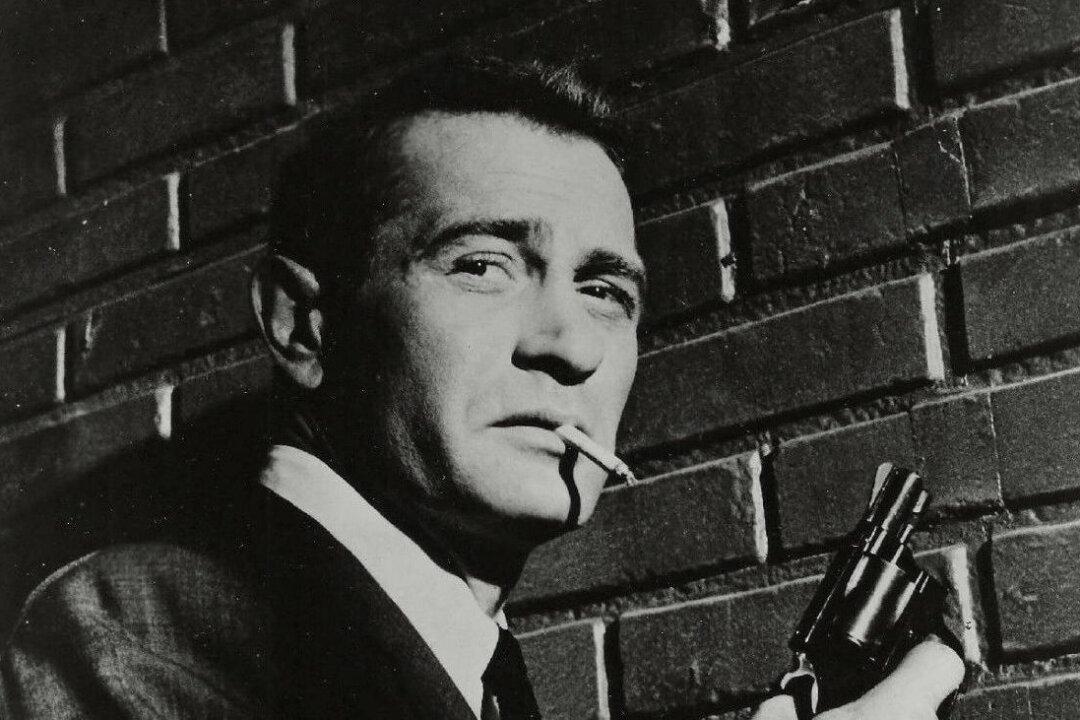Commentary
When you visit a big city for a short time, you might try to pack as many activities as possible into your limited schedule. When you go to an amusement park, you try to go on as many rides as possible before closing time. Similarly, I jammed my schedule when I covered the Turner Classic Movie Film Festival 2022 in April. During the four days, I saw 14 movies, taking very few breaks between screenings, and there are more movies I would have like to see if I’d had enough time.





